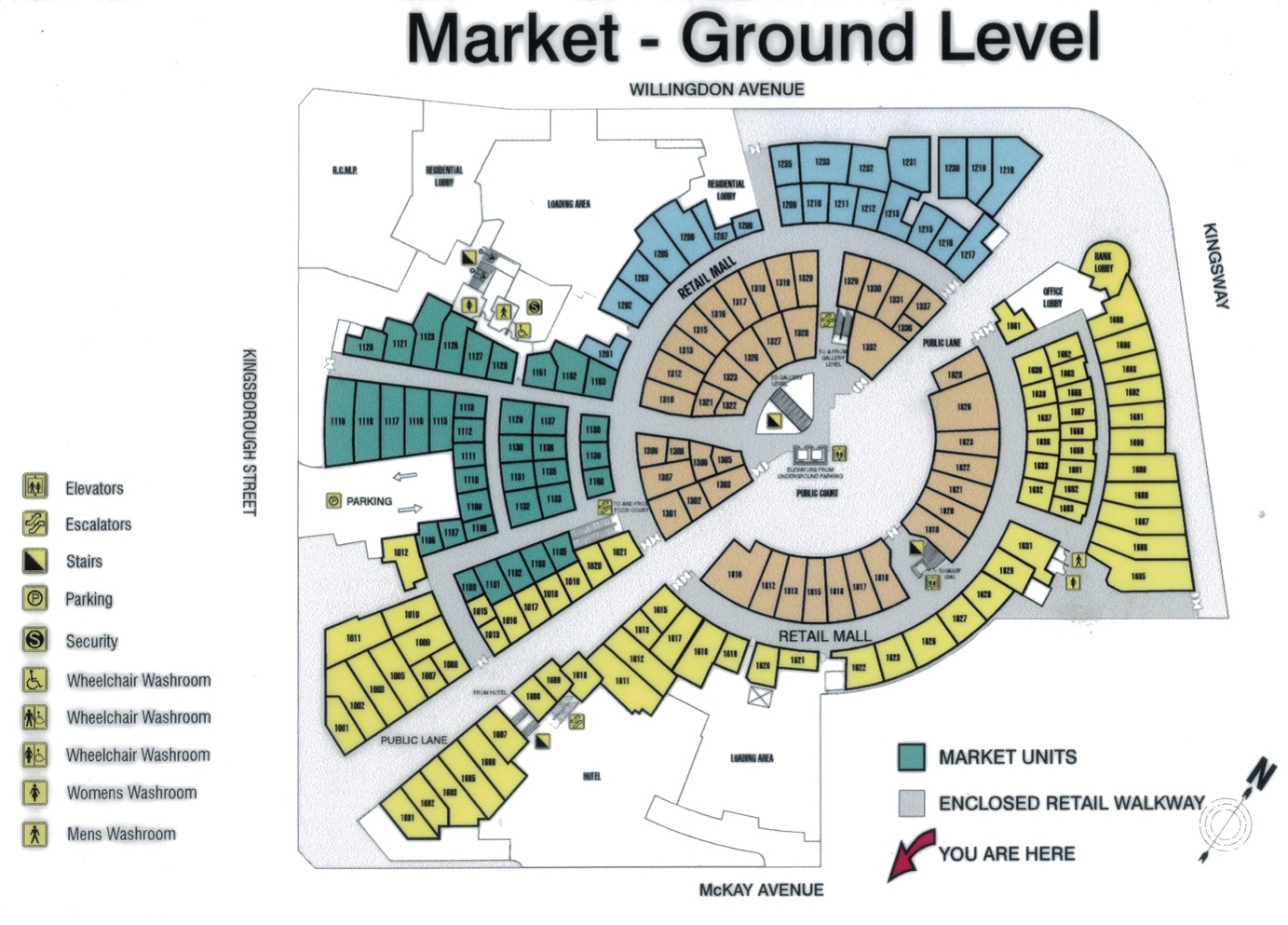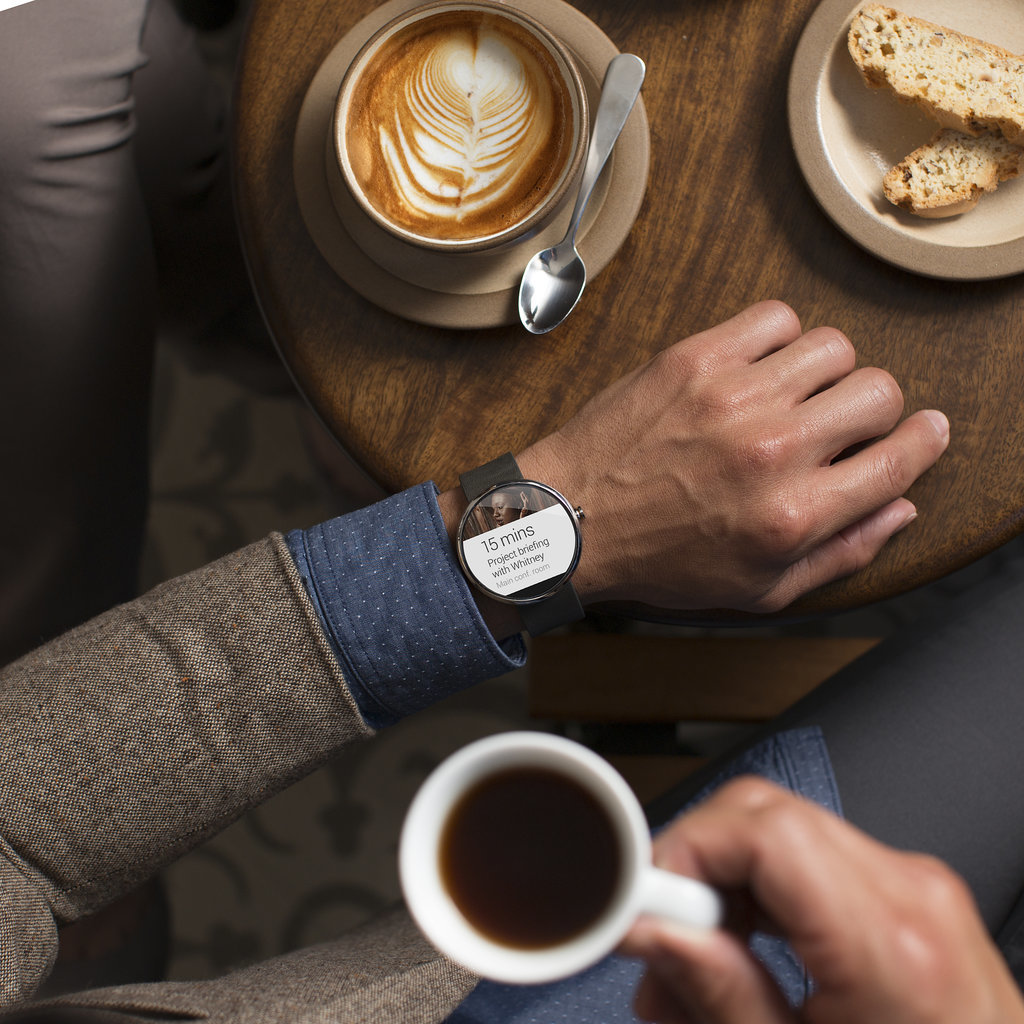Week 5: Function and Task Analysis
 |
| Image: Welcome to parking HELL (sources: panoramio.com) |
By far, the worse parking lot I've driven in is Crystal Mall in Burnaby. Whoever decided a circular parking lot was suitable to house rectangular cars needs to be sued asap. There is no way the city approved the plans right? Maybe in an ideal world where all drivers are professionals and cars are no larger than a Corolla, a circular parking lot would be fine. But in Vancouver with the diverse culture, driving ability and types of vehicles, this parking lot just doesn't give anyone an easy time.
 |
| Image: Crystal Mall parking stalls (source: vancouverobserver.com) |
 |
| Image: Is that a parking spot? (source: vancouverobserver.com) |
As you can see from the pictures, the parking stalls are arranged in a radial manner. This would be an excellent idea if cars were wedge shapes. Clearly, someone didn't do a thorough enough research on the function and/task analysis or test fits when designing. There's not even a designated pedestrian walkway for patrons to safely get to their cars. Also, the cars are so tightly bud up against each other that it's almost impossible to open the trunk if you backed in (I guess the groceries will need to ride up front). Hopefully they've done a post occupancy evaluation on this and have learned from their terrible terrible mistake. As designers, one of our missions is to not design spaces that can/may cause harm and this is an example of failure, From the steep level changes, turning blind spots and tight circulation space, this parkade is a drivers worse nightmare.
 |
| Image: Nice and cozy (source: youtube.com) |
 |
| Image: I GOT THIS! I'M ALMOST IN! (Source: youtube.com) |
So why bother going to Crystal Mall if their parking is so bad? Because it's a hub for predominantly immigrant Chinese people to gather. If you overlook it's greatest pitfall, it is quite a cozy place to hangout, grab an inexpensive (but possibly bacteria laced) bite to eat and peruse the many interesting gadgets and doodads. The shape of the mall promoted socio-petal activities as the main congregation happens at the grocery area or the food court. Other than that, the mall itself is an endless trap. It's circular shape just connects infinitely which makes getting out of the mall very difficult. Once you're in the mall, you have to make a conscious decision to find a way out. If not, you'll be just like a hamster, going around and around on a wheel.
 |
| Image: Around and around we go (source: thecrystalmall.ca) |
Thankfully, I've never been hit by a car but there's just too much risk in designing a circular parkade. Aberdeen Mall in Richmond is also another dangerous parking lot. It's super compact spaces and tight turns aren't forgiving which can cause long lineups trying to get in and out. The circulation is a lot wider which makes 2 way traffic less of a horrifying experience.
 |
| Image: Aberdeen Parking (source: vancouverobserver.com) |
At least with Aberdeen, there's a lot of clear signage and designated crosswalks,
 |
| Park Royal has a maze of overpasses to allow cars to drive from one parkade to the next. However, on a not so busy day, I've seen these overpasses be treated like one big race course. (source: westvanlibrary.ca) |
It's a shame that all these malls are being hindered by their parking lots. Retail environments is a place where hostility can occur and it starts in the car, By minimizing parking accidents and hardships, maybe there will be a decline in aggressive customer behaviour? People tend to harbour a lot of free-floating anger from a variety of sources so parking lots aren't 100% to blame. What if we designed a car that prevents road rage or doesn't allow you to drive when you're emotionally distressed? With the creation of driverless cars, this can certainly be possible.
 |
| Image: Google Self-Driving Car (source: thegaurdian.com) |
But what's the real problem here? Isn't it cars and urban traffic?
Driverless cars can definitely aid in the whole sustainable cause as it promotes increase foot-traffic, car sharing and decreased chances of accidents. If we were to combine that with fewer parking stalls, increased bike parking, more accessible transit, theoretically, there would be less car accidents.Maybe the safest future is a car-less one.







































